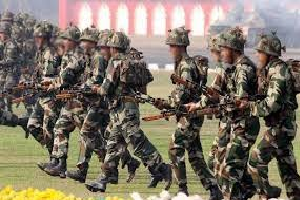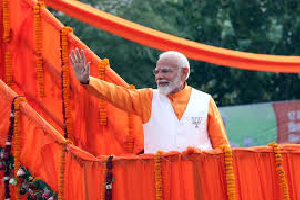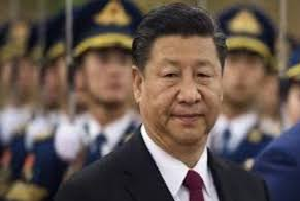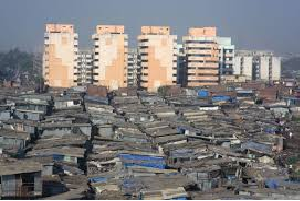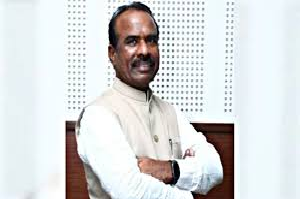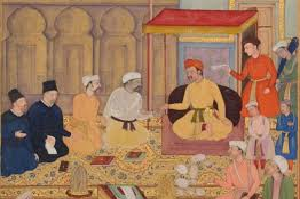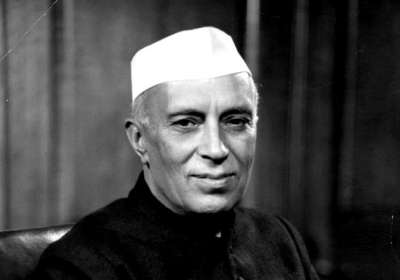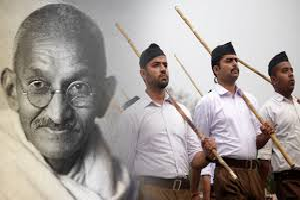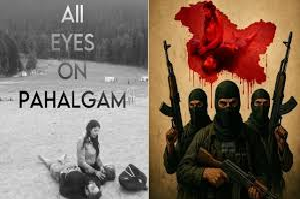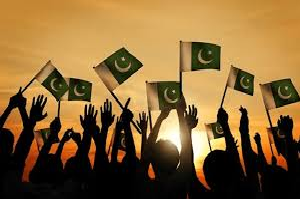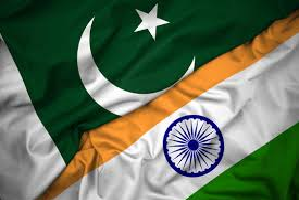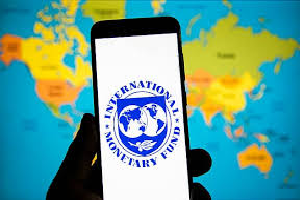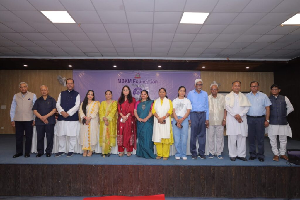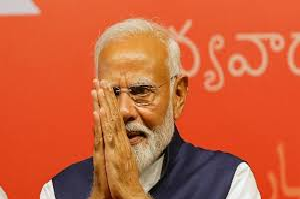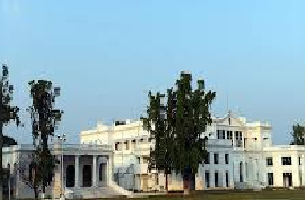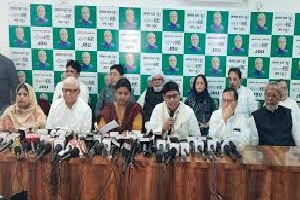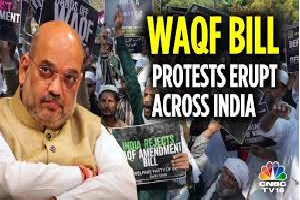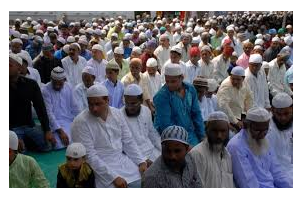8

Today’s Edition
New Delhi, 8 March 2024
Prof. Shivaji Sarkar
Two landmark judgments, on the electoral bonds and JMM - Jharkhand Mukti Morcha bribery, should call for an introspection into the myriad ways of graft. Despite a hot and intense public discussion on the issue of corruption over years we have not been able to find a way out. No wonder India ranks 93 out of 180 countries on the global corruption index ( year 2023).
The recent Rajya Sabha cross-voting in Himachal, UP and Karnataka are blatant instances that money or other quid pro quo is routine. It has been happening at the Rajya Sabha elections for quite some time causing some changes in rules including an open ballot system making it mandatory for the MLAs to exhibit how they voted. Still, it is happening.
Would it stop parliamentary malpractices? No. In September 2015 six MPs were seen spending huge bribes on videotaped broadcasts by a TV channel. It has not come to an end. The new SC verdict now does away with the immunity to MPs granted by a judgement in 1998 under Article 105.
The common man can hardly escape it. Power corporations both government and private do it openly to harass consumers. In some states, people are getting five to ten times inflated bills not for realisation but for seeking high rents from the gullible. The current elections may see some regime changes because of the electricity bills alone in some northern states. Many find the AAP model in Delhi imitable. It gives succour to the people apart from reducing corruption.
Even driving licences being centralised has cost. Four times the actuals are charged by the regional transport authority agents to have smooth renewals, which could be an automatic process.
Roads are supposed to be an indicator of progress but CAG flags off a road in Delhi’s Dwaraka. As per approval of the Cabinet Committee on Economic Affairs (CCEA), the 28 km Dwarka expressway was sanctioned Rs 18.2 a km but Rs 250.77 a km was the actual expense, 13 times higher.
Since the bogey of Bofor bribery, there would be hardly a deal that might not have seen the “cut money” phenomenon from an innocuous object to the purchases of arms, aircraft, drones or construction contracts.
Corruption is built into the system. Even currency note exchange during the demonetisation had built into it. It is difficult to quantify but Transparency International (TI) had indicated in 2005, truckers paid Rs 222 crore ($28 billion) in bribes. Both government regulators and police share bribe money to the tune of 43 per cent and 45 per cent each, respectively. The volume must have increased though the formula may remain valid now.
Notably, the 2005 TI report states that over 62 per cent of Indians confirmed that they had to bribe a public official at some point to get something done or enjoy services provided by them (them being public officials). In 2019, the Corruption Perceptions Index ranked India at 40-49 per cent and in 2021, India was at 85 out of 180 in the CPI grading. It slid to 93 in 2023.
As of December 2009, 120 of India's 542 parliament members have accusations of partaking in corruption-related crimes like bribing under the First Information Report. Many of the biggest scandals since 2010 have involved high-level government officials, including cabinet ministers and chief ministers, such as the 2010 Commonwealth Games Scam (₹70,000 crores (US$8.8 billion)), the Adarsh Housing Society Scam, the Mining Scandal in Karnataka and the cash for vote scams.
In 2019, an online petition exposed the ineffectiveness of the country's top anti-corruption authority, Lokpal, which is supposed to stop corruption in the country. The petition addressed to the Chairperson of Lokpal asserts that the Lokpal officials are squandering enormous amounts of public money without accountability.
Professor Bibek Debroy and Laveesh Bhandari claim in their book Corruption in India: The DNA and RNA, in 2010, that public officials in India may be cornering as much as Rs 921 billion ($12 billion), or 1.26 per cent of the GDP, through corruption.
Corruption also results in lower economic growth for a given level of income. With the reduction in corruption level in India the growth rate of GDP might increase by 5 to 7 percent. As per an estimate, corruption in India causes a loss of growth in terms of investment and employment by Rs 25000 crores.
The report said as the Asia Pacific region faces a 2024 election year, with people coming out to vote in Bangladesh, India, Indonesia, Pakistan, Solomon Islands, South Korea and Taiwan, the 2023 Corruption Perceptions Index (CPI) reveals another year of little to no meaningful progress towards curbing corruption.
The government has been pursuing zero tolerance against corruption and has taken several measures. There are 3745 cases of corruption lodged in 2021, according to National Crime Records Bureau Report (NCRB). In addition, 457 cases are there against 549 public servants. A series of raids were conducted by the Enforcement Directorate on a series of politicians, businessmen and others across the country.
Another factor for increasing graft is the rising number of multinational corporations involved. The Bribe Payers Index record their engagements. It is a myriad of ways they function.
Offences under the Prevention of Corruption Act are also predicate offences for proceedings under the Money Laundering Act. In addition, these offences could also entail criminal consequences under the Benami Act and the Black Money Act. Individuals or corporations charged with corruption also face possible prosecution under PMLA, Benami Act and Black Money Act, and, upon conviction, may be subjected to further imprisonment and, or, fines for offences therein.
However, the level of graft is not coming down. Despite digitising the rent-seeking has not come to an end. It calls for an effort across the social boundaries. The elections might see more of it in different forms.( Words995).
---------------


